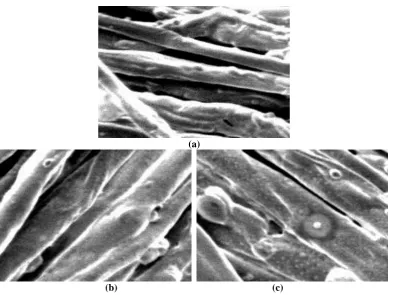Developments in flame retardant textiles
Full text
Figure




Related documents
most of today’s successful and durable flame retardant treatments for fibres and textiles..
The influence of certain flame retardants on the dripping behaviour of four commercial polymers, poly(butylene terephthalate) (PBT), polypropylene (PP), polypropylene modified
Xu, J.R., 2012, Synergistic effect of La2O3 on the thermal degradation, flame retardant properties of a novel PP/IFR system and its mechanism, Polymer Degradation and Stability 97,
Flame retardant thin films comprised of polymers and nanoparticles were developed on polyurethane (or cotton as a barrier fabric for polyurethane) to interfere with the combustion
Regression analysis successfully predicted the values of flammability, flame penetration, rate of burning, and resistance to flame spread tests with respect to the weight
oxygen index (LOI, ASTM D2863-09) were performed on the treated cotton fabrics, and showed promising results. When the treated fabrics were tested using the vertical flame, we
This paper outlines the initial work to confer durable flame retardant treatments to cellulosic textiles using a novel process utilizing high frequency high power electrical
Relationship between LOI and trichlorobenzoic acid contents of trichloro modified polyester in the two component polyurethane flame retardant





![Figure 8 The LOI behaviour of selected flame retardants in polyamide 6 films (a) LOI values; (b) the ratio, R= [( LOI/P)nanoclay / LOI/P], of increase in LOI per unit phosphorus in nanoclay-containing nylon 6 filmsbbbb compared to the standard film](https://thumb-us.123doks.com/thumbv2/123dok_us/196895.2013821/28.595.114.482.112.536/behaviour-retardants-polyamide-nanoclay-increase-phosphorus-containing-filmsbbbb.webp)